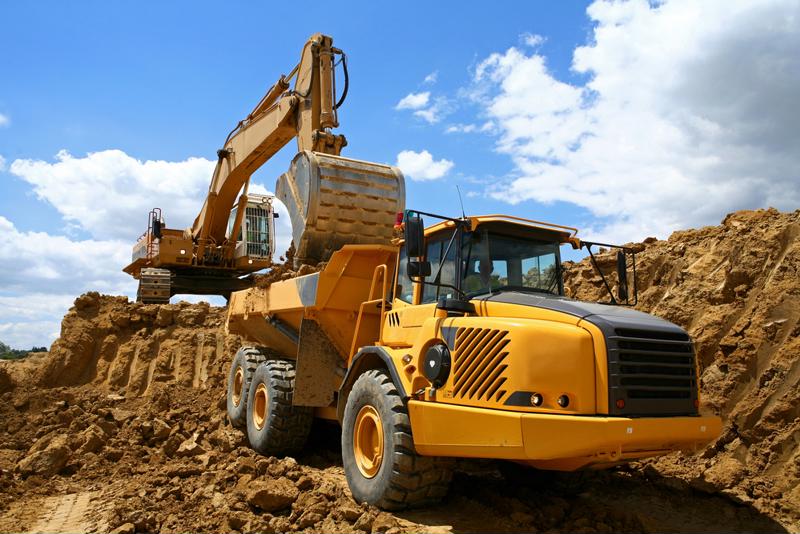But if the breakneck pace of people buying EVs continues, there is the looming threat of a shortage of a rare earth mineral needed to manufacture batteries, further stressing an already strained supply chain.
That mineral is graphite. Primarily consisting of carbon and used for lubricants, brake linings and steel, graphite is also needed for the anodes that enable a lithium battery to operate and store energy. But as Supply Chain Dive recently reported, there are a small handful of graphite mines around the world, and the uptick in demand is beginning to create a severe imbalance.
Gregory Bowles, executive chairman for Ottawa Canada-based producer Northern Graphite Corporation, told the online publication that lithium, nickel and manganese are typically the rare earth minerals people think of when it comes to those that are needed to make batteries. But graphite is every bit as essential.
"Graphite has kind of been the poor cousin of the battery minerals and doesn't get the attention of the other commodities," Bowles explained. "But we're getting very close to an inflection point where demand overtakes supply and this is going to be first-page news."

China produces most of the world's graphite
While the United States is rich in natural resources, particularly energy-related commodities like natural gas and crude oil, it has next to nothing in the way of graphite. In fact, according to data from the United States Geological Survey, barely 1% of the world's graphite produced in 2021 originated from North America. And the graphite that did derive from this part of the world was primarily manufactured in Canada and Mexico. The vast majority comes from China, accounting for almost 80% of global output last year. The centralized nature of where graphite mines are located has the potential to compromise the graphite supply chain for automakers.
Daisy Jennings-Gray, a senior price analyst at Benchmark Mineral Intelligence, noted that another complication is the fact so few parts of the world have the equipment needed to make graphite usable. China is where most of the downstream processing of graphite takes place.
"The supply is getting tighter and tighter and the downstream demand for graphite is accelerating really, really rapidly," Jennings-Gray told Supply Chain Dive.
Lawmakers and the White House are aware of this issue and are taking measures that can shore up graphite production. This includes a $3 billion proposal that the Department of Energy announced in February that is designed to bolster domestic battery manufacturing.
Additionally, Alabama is poised to become the first state in the country to host a graphite manufacturing plant. Construction of the $202 million graphite processing plant is underway and the facility is slated to open for business in 2023, according to AL.com.



Post A Comment:
0 comments so far,add yours